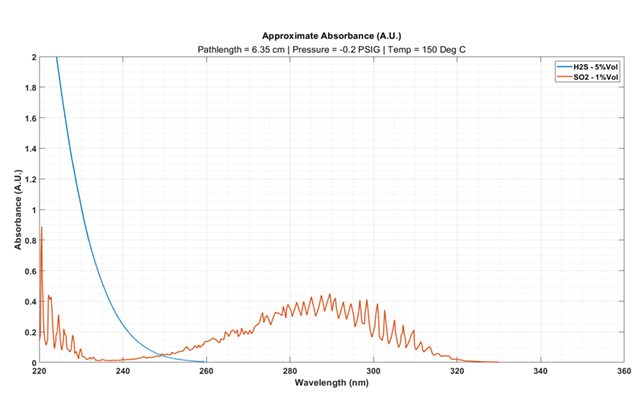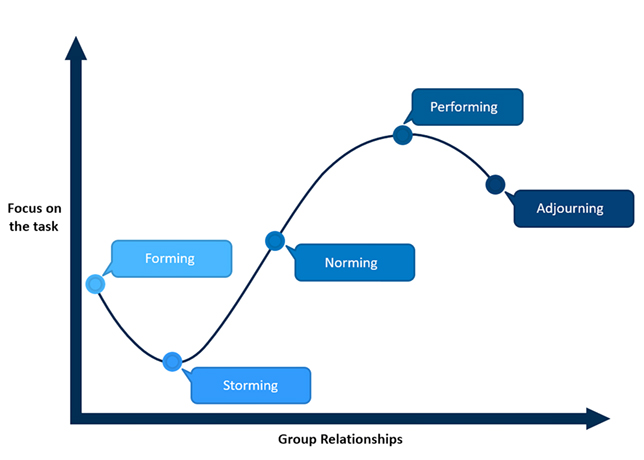
 EU-based banks remain committed to NZBA’s objectives
EU-based banks remain committed to NZBA’s objectives
Prominent members left the NZBA this summer, with the banks saying they were maintaining their commitments to achieve net-zero GHG emissions by 2050, say senior Morningstar DBRS executives
On 27 August 2025, the Net-Zero Banking Alliance (NZBA) announced that it was responding to member input and that it had "initiated a member vote to decide on a proposed tran¬sition from a membership-based alliance to establishing its guidance as a new framework initiative".
"In a world that continues to warm, banks’ capabilities to quantify climate risk are increasingly key to addressing the challenges posed by the severity of extreme weather events and their increased frequency," say senior executives Vitaline Yeterian, Senior Vice-President, Sector Lead European Financial Institution Ratings, Christian Aufsatz, Managing Director, European Structured Finance Ratings, and Marcos Alvarez, Managing Director, Global Financial Institution Ratings, at Morningstar DBRS.
Although actions today are unlikely to affect the pattern of weather events for the next decade, recent developments underscore clear delays in achieving a net-zero target by 2050 and the prospects of rising physical risks.
In addition, although energy transition risks have reduced, they can increase again, implying more expensive efforts.
Meanwhile adaptation efforts will also become more costly. As such, we will continue to monitor the impact of climate change-related risks and reflect their materiality in our credit ratings over time.
NZBA MEMBERS’ DEPARTURES INITIALLY PROMPTED BY POLITICAL PRESSURE
The year 2025 has been marked by political pressure on many fronts (climate, trade, and geopolitical), much of which is coming from the US, adding to already rising geopolitical tensions.
In terms of climate pressure, the new US administration left the Paris Agreement and stopped investments in renewable energy, where possible.
The NZBA, which is a global, United Nations-led environment programme that started in April 2021, has been affected, illustrating the impact of drastic political change.
NZBA members, which participate on a voluntary basis, are committed to independently aligning their financing activities to NZ greenhouse gas (GHG) emissions by 2050.
The sudden departure of prominent US bank¬ing organisations (such as JP Morgan, Bank of America, Citigroup, Wells Fargo, and Goldman Sachs) from the NZBA at the beginning of 2025 was followed by the departure of prominent Canadian banks (The Toronto-Dominion Bank, Bank of Montreal, The Bank of Nova Scotia, Na¬tional Bank of Canada, Royal Bank of Canada, and Canadian Imperial Bank of Commerce) and, subsequently, by the Japanese megabanks.
In April 2025, the NZBA voted to abandon its pledge of limiting warming to 1.5 deg C, although it remains committed to limiting warming to well below 2 deg C.
The summer was marked by further prominent departures. HSBC Holdings, the largest European bank by market capitalisation, exited and opened the door for another UK-based bank, Barclays, to leave the alliance.
Meanwhile, Switzerland-based UBS Group AG was the most recent large banking group to announce its departure in early August.
The banks that have departed the NZBA have said they are maintaining their commitments to achieve NZ GHG emissions by 2050 and, from a risk perspective, believe they have sufficiently strengthened their in-house capabilities.
EU-based banks have not exited, perhaps because the EU aims to be climate neutral by 2050, a legally binding target enshrined in the European Climate Law.
In addition, the large EU-based banks are under regulatory oversight by the European Central Bank (ECB), which has continuously pressed EU-based banks to understand climate change and assess the associated climate risks whilst sup¬porting sustainable finance.
EU banks are required to disclose qualitative and quantitative information on their exposures to environmental, social, and governance (ESG) risks, in particular climate change risks with defined templates, in accordance with the regulatory disclosure requirements set out by the European banking authorities for Basel III Pillar 3 reports.
IMPLICATIONS FOR BANKS: RISK QUANTIFICATION WILL BE KEY
Whether banks have been opportunistic or pragmatic in their exit of the NZBA, we have observed an increased understanding of climate risks in recent years.
At the same time, it transpires from the ECB’s oversight that EU-based banks still need to step up their climate risk strategy and manage¬ment capabilities. We expect this to be the case for other banks outside of the ECB’s scope, too.
The world continues to warm. As previously discussed in our commentary, ‘Climate and Credit: Short-Term Headwinds, Long-Term Risks’ published on 2 July 2025, we believe that we are likely in the "business-as-usual" scenario, either considering Nationally Determined Contributions (all pledged climate policies even if not implemented) or current policies (which assumes that only climate policies that are currently implemented are preserved), also described as a hot house world scenario.
This means we are heading towards warming of 2.5 deg to 3 deg C by 2100, which is well above the Paris Agreement’s main objective of keeping the increase in global average temperature to well below 2 degrees Celsius above pre-industrial levels.
NZ goals imply significant investments in renewable energy, infrastructure, and technology.
Countries like the Netherlands, for example, have been at the forefront of integrating climate considerations both from a physical standpoint (given the Netherlands’ own geographic challenges and achievements) as well as from an energy transition standpoint (focusing on green housing, for instance).
However, many other countries, even if already affected by climate change, have been less active or have been politically challenged in addressing such issues.
From a sustainability standpoint, the depar¬ture of prominent banks from the NZBA is a significant setback to the prospect of a smooth and timely energy transition because it means there is less pressure to act.
An initiative that is not membership-based means that we will likely see less collective action on a global scale.
However, we expect the initiative will continue to share best practices and common resources, whilst providing more flexibility for banks that are operating in jurisdictions with different commitments and various levels of progress.
This year’s developments also underline that any assumptions about more stringent policies, regulations, or market devel¬opments in the future have a very high level of uncertainty.
Overall, we believe a range of external factors and uncertainties are part of the equation to mitigate climate change.
This includes not only government policies, but also technology developments and the societal response to climate change.
In this context, we believe banks’ climate risk awareness has nonetheless improved. According to the ECB, more than 90 per cent of EU banks currently consider themselves to be materially exposed to climate-related and environmental risks.
This is significantly higher than in 2021, when only half of banks reached this conclusion.
All EU banks have now included climate risk in their stress testing framework.
In terms of physical risks, the fact that the fre¬quency and severity of extreme climate events are expected to accelerate is cause for concern if not addressed adequately.
Recent studies indicate that physical risks are already rising faster globally than previously anticipated.
According to the ECB, mortgage lending, which is a major part of EU banks’ balance sheets, is not always fully integrated in banks’ strategies to address climate risks, whilst EU banks appear to be more advanced in covering climate risks in credit risk than in other risk categories (for example, operational risk or market risk).
The ECB also observed that banks are having difficulty with concrete risk quantification in certain areas.
Meanwhile, we commented last autumn that some EU banks found a significant share of their portfolios to be sensitive to acute and/or chronic physical climate risk absent mitigants, although the majority did not.
The outcome of physical events was assessed at the sector level considering the impact on revenue, productivity, and operating costs, as well as changes that can affect tourism and associated businesses. Finally, although energy transition risks have diminished, they can increase in the future, ultimately requiring more dramatic and more expensive efforts, while legal and regulatory risks remain on the horizon.
* This report was supplied by Morningstar DBRS, a full-service global credit ratings business with approximately 700 employees around the world. It is market leader in Canada, and in multiple asset classes across the US and Europe.






































































































